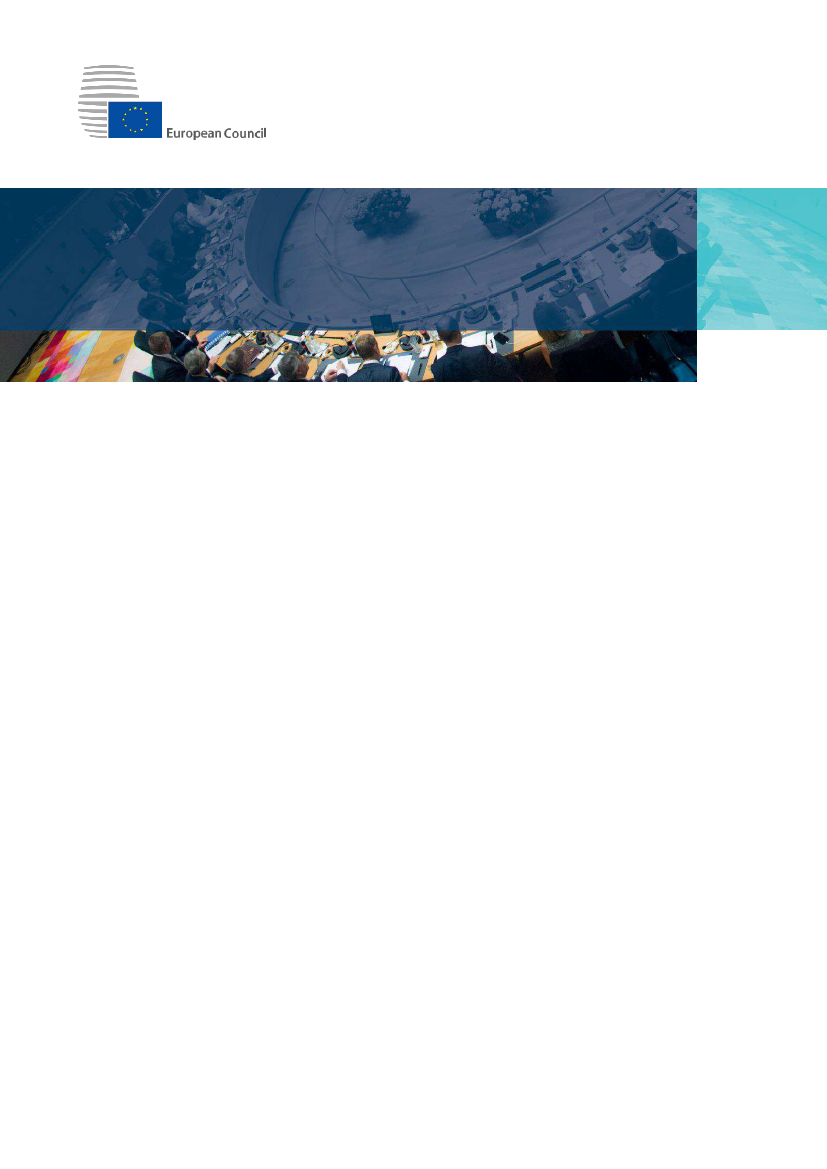
Implementing the Bratislava Roadmap
October 2017
The Bratislava Roadmap - One Year On
Real solutions to real problems
The Bratislava Roadmap emerged from the Leaders' debate in September 2016. In March
2017, the Rome Declaration broadened the scope and set additional priorities for the
longer term.
One year on, the EU has made significant progress and can demonstrate tangible results.
The Bratislava method is working. The attached table shows that many tasks have been
completed, and many others are on track. Some tasks however have progressed slower
than expected, and a few require a fresh push, including at the highest level.